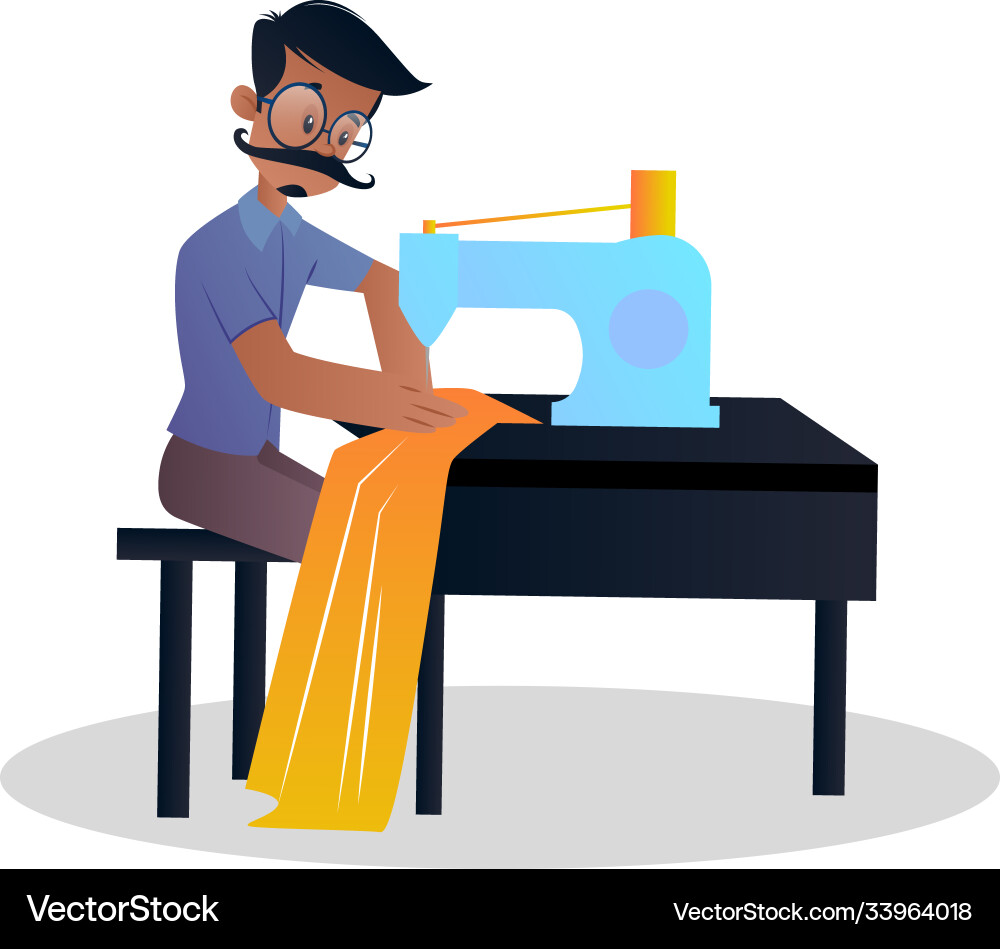Comprehending the Tailoring Refine: From Fabric Selection to Final Fitting for the Suitable Closet
The customizing process is an intricate interaction of art and scientific research, beginning with the essential choice of textile choice and finishing in the precise modifications of last installations. Each textile kind brings distinct high qualities that influence not just the visual charm yet also the garment's long life and suitability for different celebrations.
Significance of Textile Option
Picking the right fabric is essential in the tailoring procedure, as it straight affects the comfort, toughness, and total aesthetic of the last garment (tailor perth). The choice of textile establishes the structure for the garment's design, capability, and performance. Different materials possess special residential properties, such as stretch, breathability, and weight, which can substantially impact just how the garment drapes and fits the body
In addition, textile selection influences the garment's long life and simplicity of treatment. High-grade textiles can withstand wear and tear, preserving their appearance and framework with time, while lower-quality products may cause pilling or fading. Furthermore, the appropriate material contributes to the garment's capability to change throughout occasions and periods, therefore boosting flexibility.
A tailored item made from a suitable fabric not only showcases workmanship but also boosts the wearer's confidence. Subsequently, recognizing the subtleties of fabric option is vital for any tailoring venture. It makes certain that the final item not just meets the visual desires of the customer however additionally straightens with practical demands, thus attaining an unified equilibrium between kind and function in the tailored wardrobe.
Types of Fabrics and Their Usages
Comprehending the various kinds of textiles available is essential for making notified choices throughout the customizing procedure. Each textile possesses distinct features that dictate its suitability for certain garments and events.
Its versatility allows it to be customized right into whatever from shirts to outfits. Its all-natural flexibility aids garments maintain shape over time.
Silk exhibits high-end and is light-weight, making it best for eveningwear and fragile blouses; nevertheless, it requires cautious handling because of its fragility. Linen, with its distinctive finish, is a popular selection for warm environments, offering a ventilated and crisp feeling, but it wrinkles conveniently, which may influence the garment's appearance.
Artificial materials, such as polyester and nylon, deal durability and resistance to wrinkles, making them appropriate for everyday wear and energetic garments. Recognizing these material kinds and their residential or commercial properties enables better decision-making, making sure that each tailored item not just fits well but also lines up with the desired objective and celebration.
The Tailoring Methods Described
The art of tailoring counts on a variety of strategies that change fabric into well-fitted garments. Central to this process is pattern drafting, where a dressmaker produces design templates based on the customer's dimensions and wanted style. This first step makes certain that the garment will certainly fit the wearer correctly prior to any type of reducing happens.
When patterns are established, reducing techniques enter into play. Accuracy is paramount as mistakes can result in misfitting garments. Tailors typically utilize different cutting methods, such as single-layer cutting for elaborate styles and multiple-layer cutting for efficiency on common patterns.
Basting is another important method, permitting tailors to temporarily sew material assemble for an initial fitting. This method provides the chance to examine the drape and overall shape prior to final sewing.
Seaming techniques, including flat-felled joints and French seams, boost the garment's durability and visual charm. Tailors likewise use techniques such as interfacing and padding to give structure and form to particular areas, like shoulders and collars.
Last but not least, ending up techniques, consisting of hemming and edge ending up, make sure the garment's durability while offering a polished appearance. Together, these strategies form the backbone of effective customizing, causing splendid, custom-fit clothing.
Fitting Changes and Factors To Consider

Secret considerations consist of the shoulder fit, which must neither sag neither restrict activity, and the sleeve length, which should permit comfortable arm activity while maintaining a sleek appearance. Furthermore, modifications at the waistline can fine-tune the shape, with alternatives to allow out or absorb material as needed.
The surge of pants is an additional critical aspect; it should sit comfortably over the hips without triggering discomfort, allowing for ease of motion. Hemming lengths for both trousers and skirts ought to show the user's preferred style while appreciating proportions.

Preserving Your Tailored Garments
Constantly follow the treatment label directions, which may suggest dry cleaning for delicate materials or device cleaning for even more long lasting materials. Prevent regular laundering, as this can go now wear down the textile and change the garment's form.
Storage space is just as crucial; usage cushioned wall mounts for coats and jackets to preserve shoulder framework, and shop pants folded nicely or hung to stop creasing. Protect garments from direct sunlight, which can fade colors and damage fibers.
Furthermore, regular examinations for minor repairs can prevent Get More Information larger concerns. Look for loose switches, fraying seams, or indicators of moth damage, attending to these troubles quickly to keep the garment's integrity.
Last but not least, think about seasonal rotation. Putting on customized pieces in moderation allows textiles to recover, expanding their life-span. By executing these upkeep strategies, you can make certain that your customized garments stay as beautiful as the day you initially wore them, enhancing your excellent closet for years to come.
Final Thought
The tailoring process, incorporating textile option, experienced strategies, and accurate suitable modifications, plays an important function in creating garments that boost both convenience and style. Comprehending the relevance of upkeep extends the life of customized garments, solidifying their value in a well-curated closet.
Choosing the right textile is crucial in the tailoring procedure, as it directly affects the comfort, sturdiness, and general aesthetic of the final garment. The selection of material establishes the foundation for the garment's performance, style, and efficiency. Different fabrics possess special residential properties, such as weight, breathability, and browse around this web-site stretch, which can considerably influence how the garment drapes and fits the body.
The art of customizing relies on a range of strategies that change fabric right into well-fitted garments.The customizing process, incorporating fabric selection, experienced methods, and exact suitable adjustments, plays an important role in developing garments that boost both convenience and style.